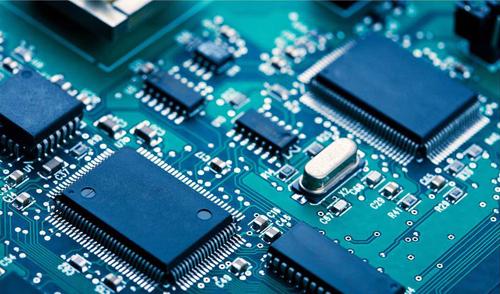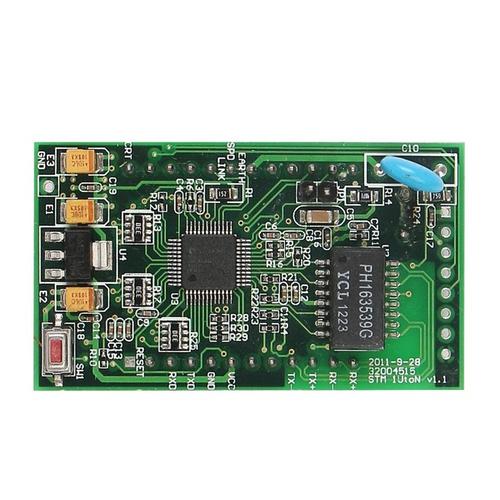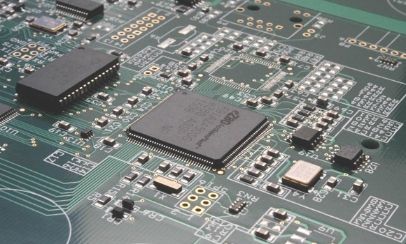
The positioning of NC milling is to use the positioning pin to locate the printed circuit board to be processed to the working table of the milling machine, so as to conveniently and accurately process the shape of the printed board. Requires simple and reliable positioning, can quickly load, unload the plate and eliminate chips. There are a variety of positioning methods, such as some number of milling machine design of reciprocating table, when a table in processing, another table installation, unloading plate. There are two sets of milling positioning plate method, when a milling positioning plate in CNC milling work table processing, another milling positioning plate in the platform installation, unloading plate. The exchange takes only a few seconds.
CNC milling table itself is a positioning plate, it is a pin positioning, screw fixed aluminum alloy plate. In each CNC milling spindle under the table surface has a hole and slot positioning system. The milling pad is actually an intermediate positioning fixture, sometimes called a "soft positioning". It is required to be able to position reliably and unload the plate quickly, reduce auxiliary time and improve production efficiency. A groove of the same dimensions as the printed board is pre-milled on the milling pad before the contour is milled. In general, the size of the groove width is the actual milling cutter diameter plus 0. 5mm. The depth of the groove is 2. 5mm. In the process of machining, it is a path of the milling cutter motion path. As a result of vacuuming, a stream of air is generated in the groove to eliminate chips, so that it is processed more clean, prevent chips from blocking the milling cutter chip slot, reduce the front. Processing, to make the milling cutter into the groove 1. 5 ~ 2mm. This can prevent the deviation of the printed board machining size caused by the end wear and diameter reduction caused by the continuous cutting of the milling cutter into the plate and the reduction of the end diameter allowed by the milling cutter manufacturing.
Before each batch production, install the milling pad on the NC milling table and screw on the new nylon thread plug. Drill a hole in the screw plug and install the locating pin. Milling pad on the chip groove, milling deeper and wider, will be more conducive to smooth airflow, chip removal, make the processed surface more clean. However, it weakens the support surface, especially when the chute is close to the dowel pin, which will make the positioning unstable.
Most milling pads are made of non-metallic laminates board. The material is relatively soft. When the pin is repeatedly installed and unloaded, the positioning hole is worn and enlarged. Such as semi-specific, expendable milling pad is working under such conditions.

Usually, the pin is pressed on the milling pad, and the interference is 0.005 ~ 0.01mm. If it is a special milling pad or the use of high-density fiberboard milling pad, it is better to use a tighter fit. However, semi-specific milling pad or expendable milling pad, the interference is greater than 0.007mm, when pressing the pin, it is possible to make part of the base material in the pin hole cut, forming a deep slot or gap. The repeated loading and unloading of the dowel and the laminate pin holes also produce delamination or fragmentation. When milling a printed board, most of the cutting pin force is borne by the dowel pins. This lateral pressure squeezes the pin holes and, combined with defects in the holes, causes the pins to loosen and deflect one by one. It directly affects the shape and size of PCB circuit boards and cannot guarantee strict tolerances.
The smaller the diameter of the dowel, the larger the relative deflection. Therefore, large diameter holes should be used as positioning holes as possible. Pin diameter and deflection also directly affect productivity. For example, a stack of four can be milled at once. Because the pin diameter is small, the amount of deflection is large, then have to mill three pieces, so that the efficiency is reduced by 25%.
In the process of processing, the positioning pin should be closely matched, so that the processing plate reliable positioning. And should not rely on adhesive tape or adhesive help, because it takes time to bond, curing. A tight fit also means tight tolerances, and precision can be ensured by milling multilayer panels or high quality dual panels.
Generally, the bit diameter is a lower deviation, usually 0 ~ 0.005mm, sometimes 0 ~ 0.01mm. Most non-metallic laminates have a certain shrinkage after drilling, generally 0.005 ~ 0.007mm. Such a hole with a down deviation of 0.005 ~ 0.01mm with a standard pin can produce an interference of 0.005mm. Therefore, there is no need to consider special processing technology, and there is no need to measure the bit diameter one by one. Selecting a small diameter bit can meet the requirements of press fit and save time.
For example, a certain 1.6mm thick PCB board with a tolerance of ±0.013mm is milled four at a time in a stack. Hole position tolerance +/-0.025mm, hole diameter difference ±0.025mm, using standard pins. Then loading and unloading the plate is difficult and time consuming. Because it is possible to lock the pin in the milled sheet. This example points out that the pin and quilt plate should be fitted with a loose sliding fit. Of course, if the gap is too large, it will affect the machining accuracy and edge smoothness.







